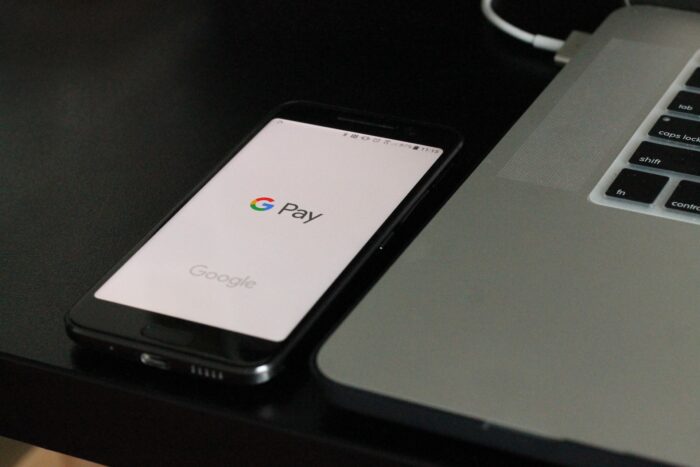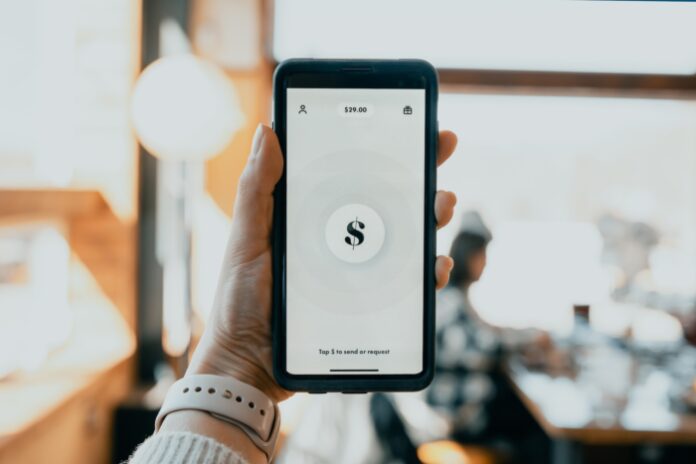The importance of cash weakens every year, and paper cash and plastic cards are being replaced by electronic money and digital media. This simplifies commodity-market relations, both among the population and in the field of international business planning. Technology is changing the user experience and shopping habits. The demand for online solutions in all areas of everyday life has increased. This has accelerated the development of a digital economy focused primarily on mobile devices, and cash has become less relevant. Today, you can already pay for travel using a QR code, pay for goods by attaching your mobile phone to a seller’s mobile phone, and pay a bill in a cafe using facial biometrics. If such changes are already occurring today, how will we pay in the next five years? Let’s try to figure out what the future of alternative payment methods (APMs) is going to look like.
The Most Popular Cashless Payment Methods
Today, smartphone apps and e-wallets are utilized for these objectives more and more frequently. APMs are now used in more than 49% of all financial operations in Europe and worldwide.
Young people are more likely to use these payment methods, because they are more open to new things. However if you think that the older generation traditionally pays in cash, you are wrong. That’s all because alternative payment methods for online purchases are very convenient, and their benefits are simply obvious.
Following is a list of alternative payment methods that many customers and business owners are after: Payoneer, PayPal, Apple Pay, PaySafeCard, Alipay, Stripe, and Klarna. Although many people may be familiar with payment alternatives like PayPal that are more widely used, thousands of other payment choices are available.
The usage of these alternative methods of payment varies significantly by region. For instance, the most widely used method for people to make online purchases in China is through the e-wallets Alipay and WeChat Pay.
Alternative Payment Methods in Europe
Let’s explore the most popular alternative payment methods in various European countries since it is one of the continents with the most developed e-commerce markets:
- Citizens of the UK prefer PayPal as the most common online payment method.
- German consumers favor alternative payment methods, and SEPA Direct Debit. PayPal, Sofort, and Giropay are Germany’s most widely used supplemental payment methods.
- The leading payment method in Austria based on bank transfers is EPS. More than 80% of all Austrian online stores offer it to their customers for payment.
- More than 40% of Spain’s 47 million residents choose to use payment services like PayPal.
- 57% of French people would rather pay for online orders with France’s Cartes Bancaires card program.
- Belgium utilizes the Bancontact payment method, along with alternatives like PayPal and iDEAL, to make payments online in Belgium.
- The Dutch public favors using alternative payment systems like iDeal.
Why Should You Integrate APMs into Your Business Today?
This question seems to have an easy answer. After all, clients are more likely to purchase goods from you if you offer them more payment alternatives. However, it goes beyond that.
Your conversions can first rise considerably. You’re unaware of how a prospective customer often pays for products and services, aren’t you? So you run the danger of missing it and losing it for good if you simply offer a couple of options. On the contrary, offering all available other payment methods make you more customer-friendly, and the buyer will not have to change the usual payment method.
Second, utilizing every payment option opens up new markets and draws in a customer base you couldn’t previously reach. The only thing left to do is to offer folks a genuinely excellent and essential good or service.
Thirdly, if your business doesn’t provide a unique product, you will have to compete with thousands of other businesses. In this situation, it will be in your favor to accept a variety of payment options. Without the option of paying for items in another way, the customer can choose not to purchase, because not everyone likes to give payment information and input a card number online. Avoid making customers fill out lengthy application forms. Everybody wants to shop quickly and conveniently. Customer loyalty to your business in turn dramatically enhances.
Important Metrics
The course of events in the future of alternative payment methods over the next five years depends on six macro trends shaped by consumer preferences, technology, regulation, mergers, and acquisitions. Here are the six key trends and factors influencing the development of the payment industry:
1. Inclusion and trust
In 2014, as part of the Financial Inclusion Program, the World Bank set a goal by 2020 to provide all adults on the planet who do not have access to the banking system with the ability to store money and make transfers. To date, the target has not yet been achieved, but the number of initiatives in this area is growing.
2. Digital currencies
Prominent examples such as Meta’s 2019 proposed digital currency Diem, pegged to a basket of national currencies, speak to the possibility of replacing account-based payments with tokenization mechanisms and decentralized payment systems.
3. Electronic wallets
Users will prefer convenient e-wallets over traditional cards and banking services. The next frontier for e-wallet penetration will be the B2B segment and the digital supply chain.
4. War of systems
Payment initiation is shifting from cards to e-wallets, and regulators force the industry to beef up local payment infrastructures.
5. International payments
The spread of instant and low-cost payments is forcing a rethinking of the organization of cross-border payments. There will be regional (especially in Asia) and international non-banking solutions based on cryptocurrencies and e-wallets.
6. Financial crime
Banks and fintech companies were most concerned about security, compliance, and data security risks. As financial crime becomes more sophisticated, service providers will need to protect their entire ecosystem.

Summing Up
We would like to add that the future of alternative payment methods is very dynamic. Already existing tools will be actively developed and improved, and new solutions, we are sure, will not be long in the coming. The future belongs to those companies that relate their products to the end users and want to build new solutions from scratch.
Find a Home-Based Business to Start-Up >>> Hundreds of Business Listings.

















































